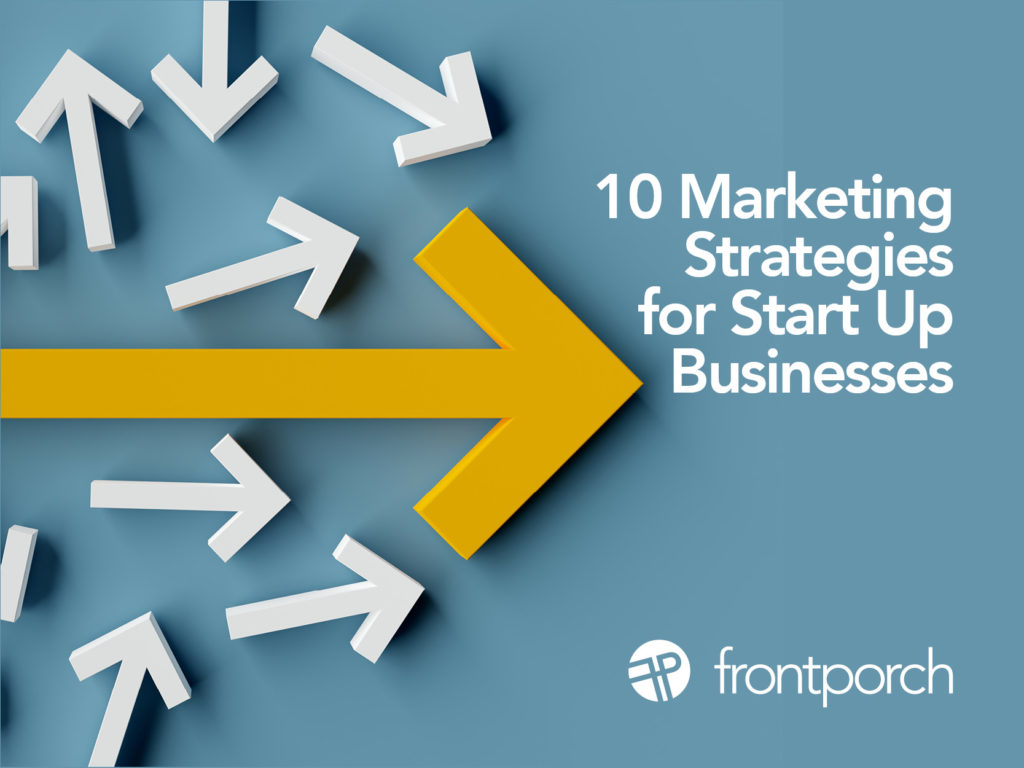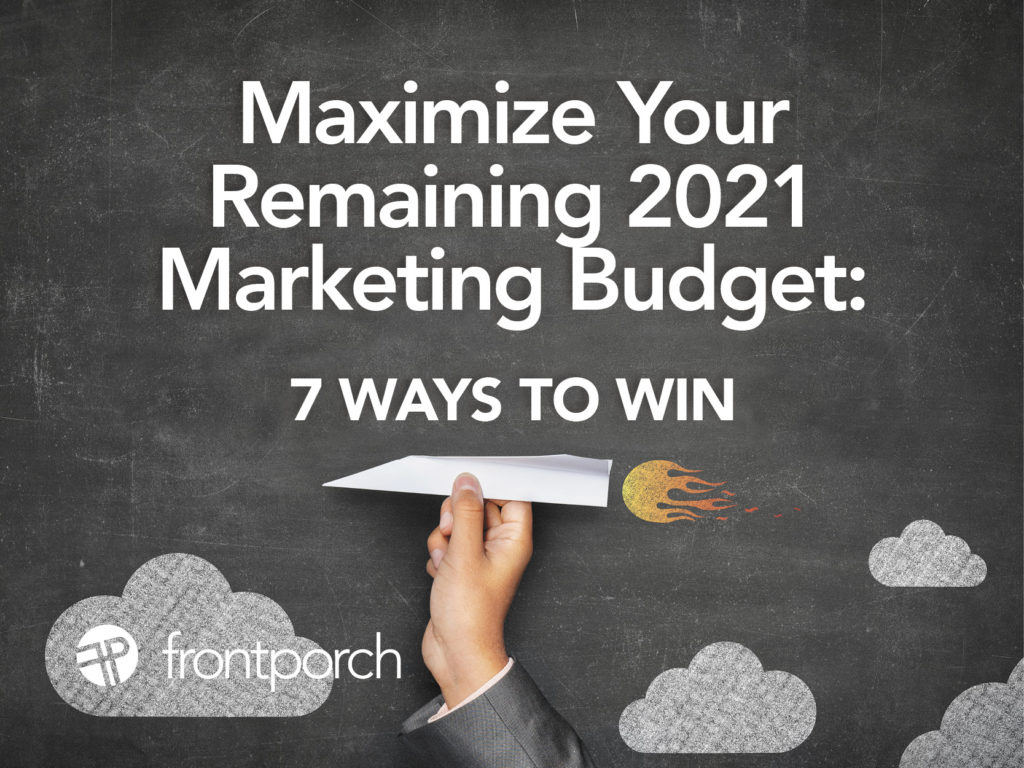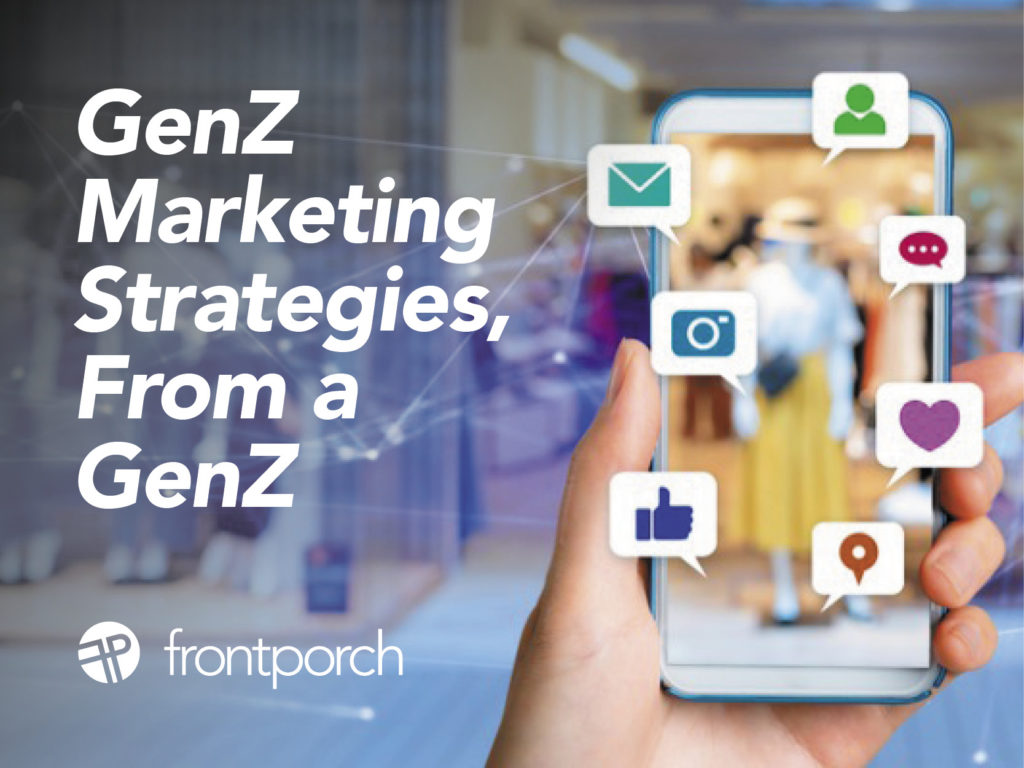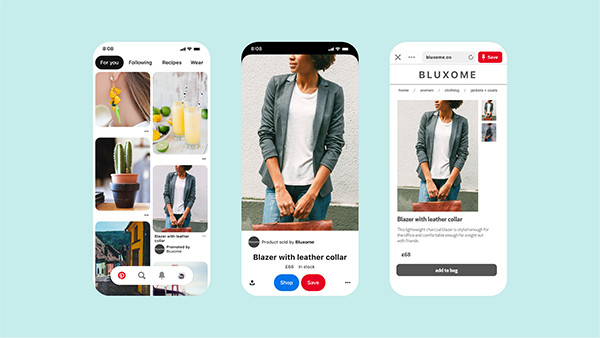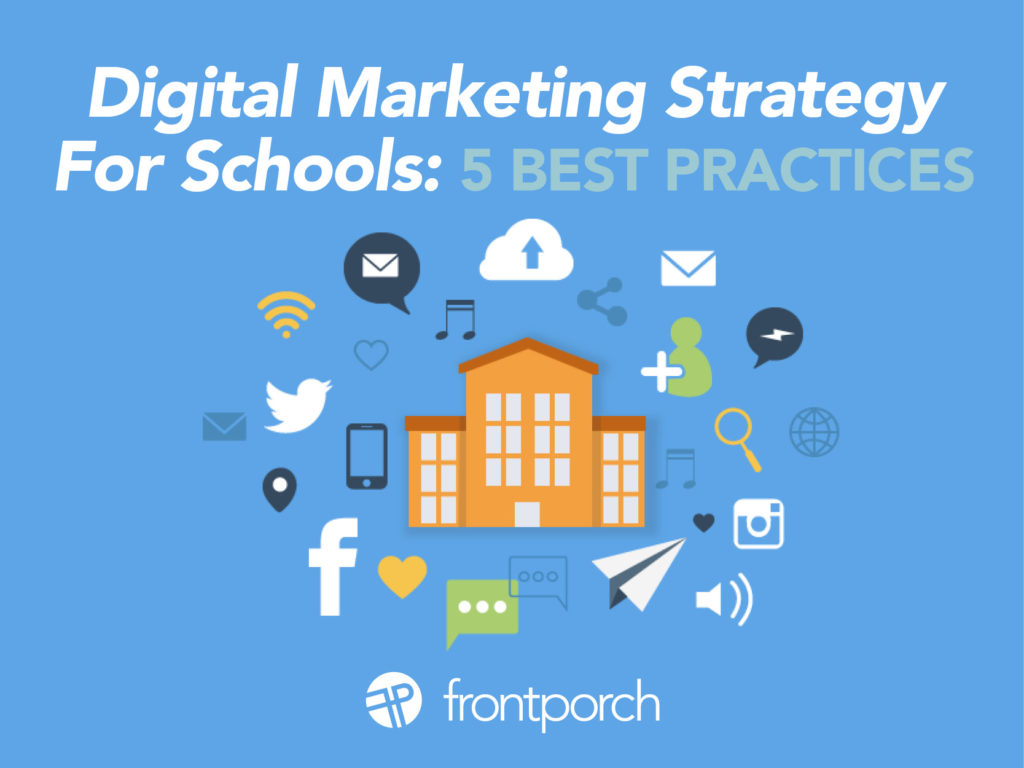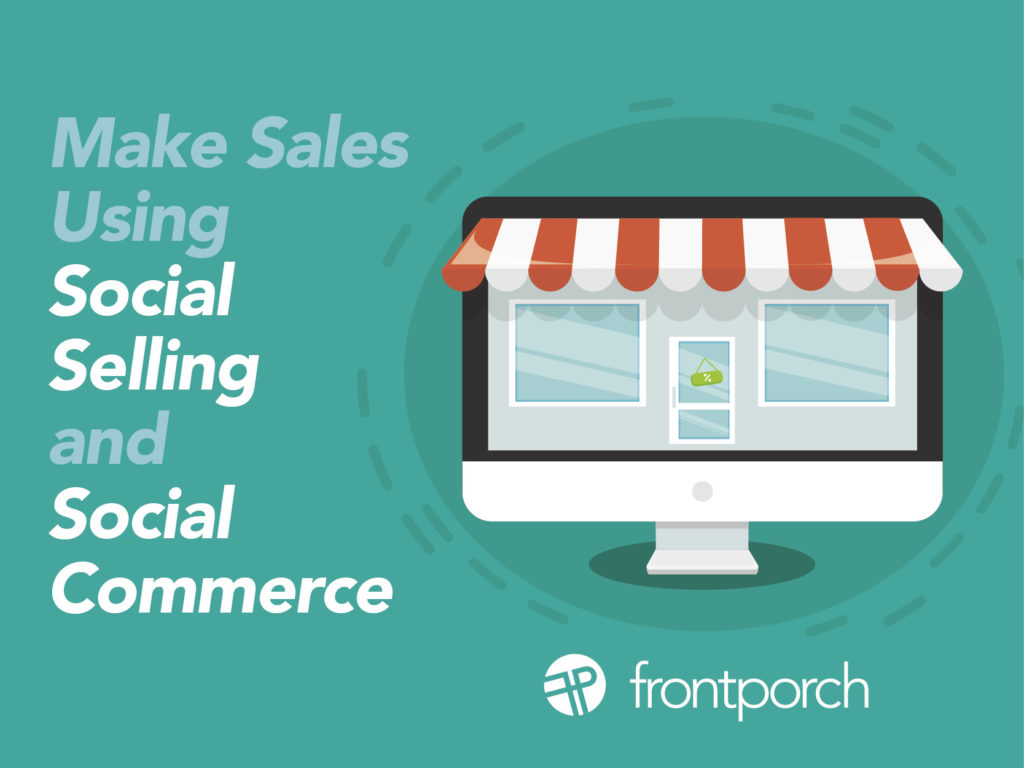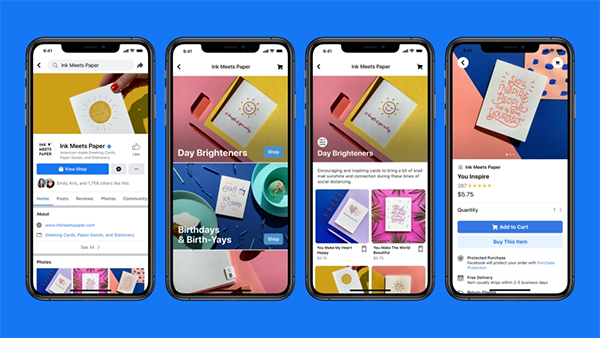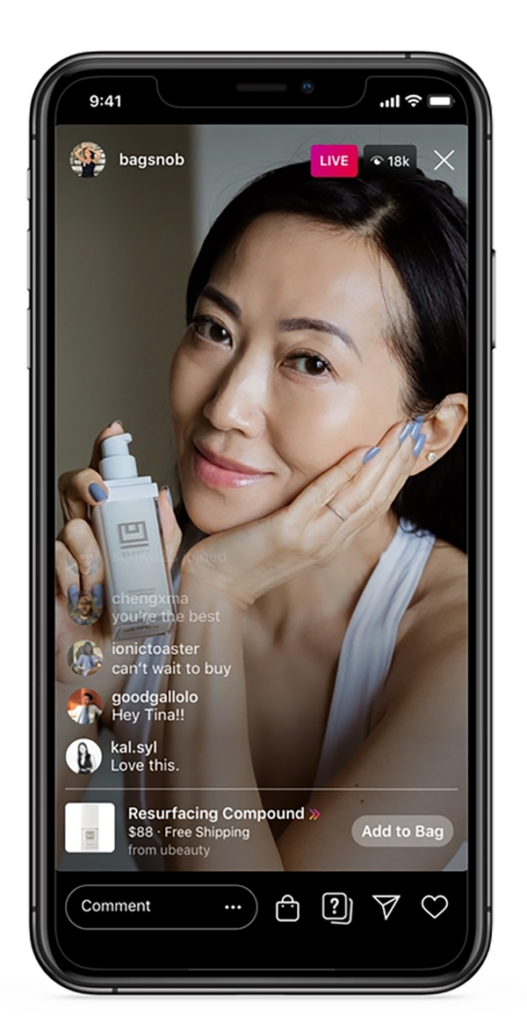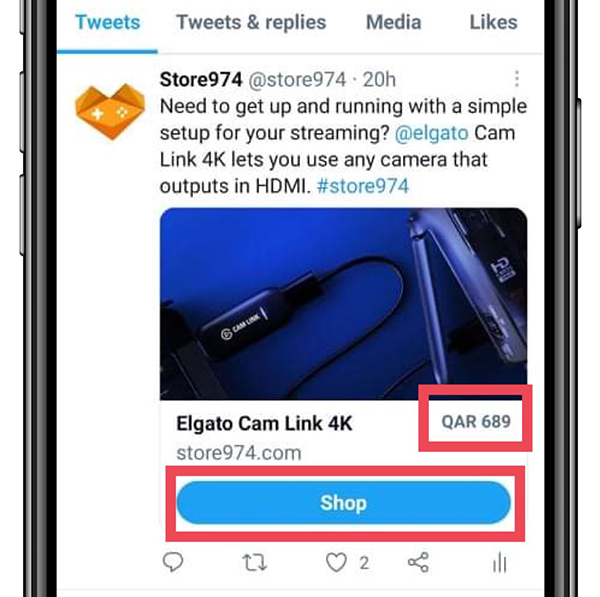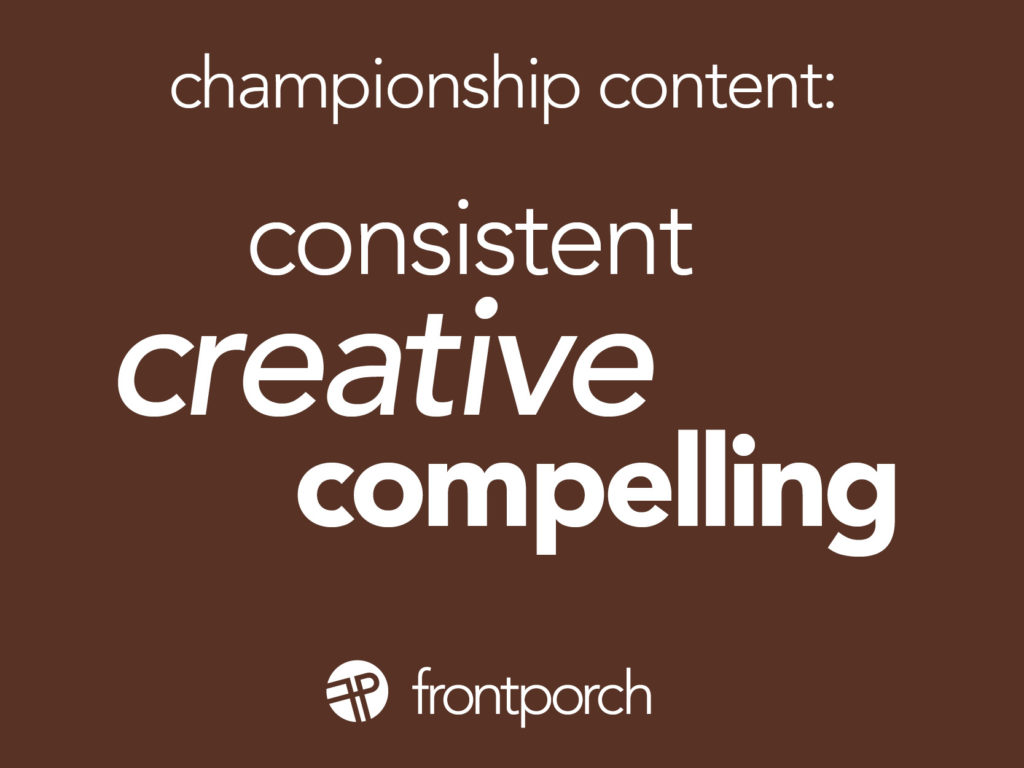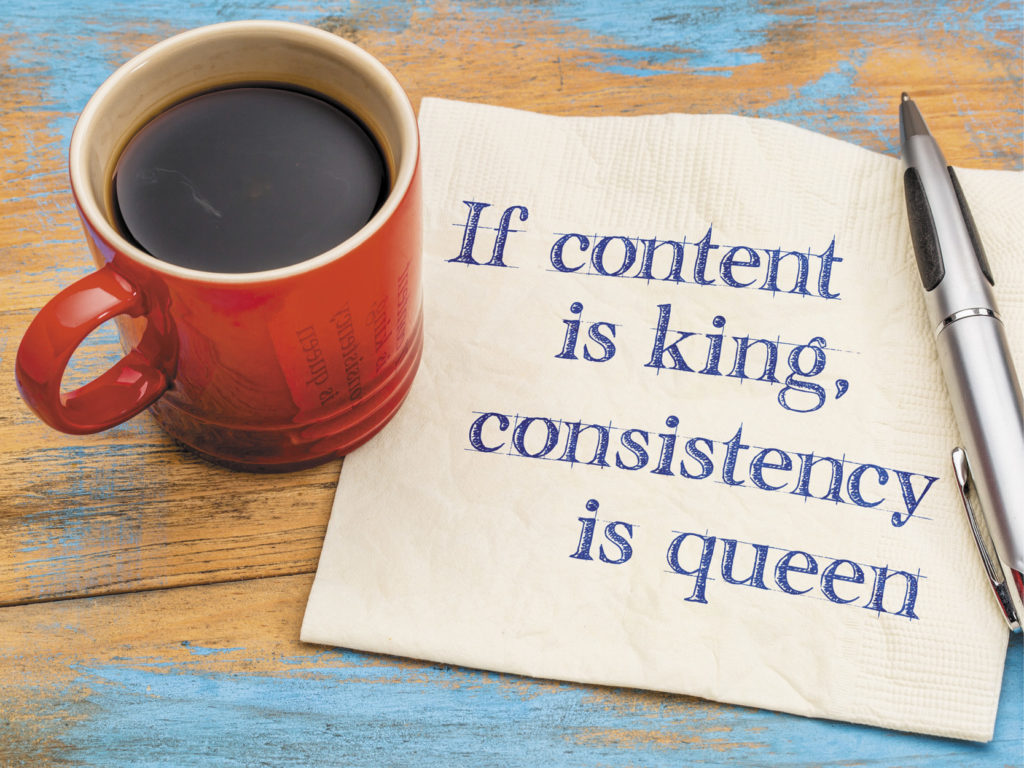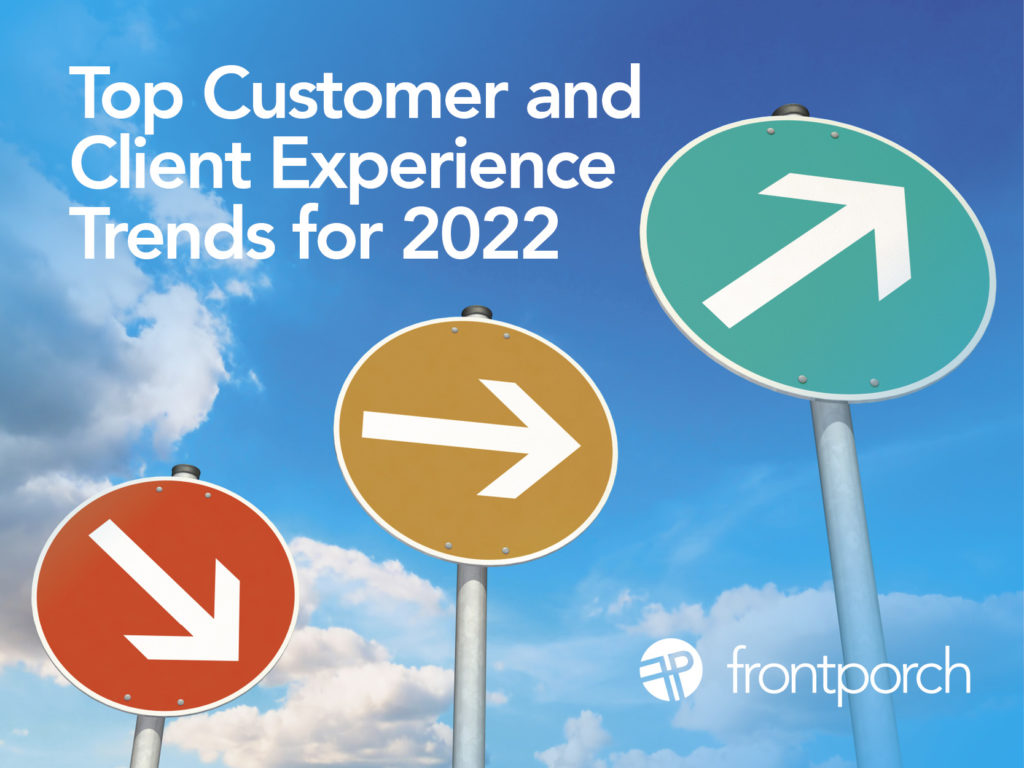
Experience trends have changed for clients and customers. Its no longer just about owning your product or using your service – its about your customer’s experience with your brand. Over the last 21 months, our clients evolved themselves into digital and data enterprises. Now, all experiences for our clients and their customers involve technology to some extent. First, they use data to determine next steps in marketing and business. Then, digital insights can drive customer experiences for the better.
Re-evaluate what’s important – your consumer is doing it too.
2022 is not the year to chase all the shiny new things and add unneeded technology. It’s the year to re-evaluate what is important, and do JUST THAT. Digital is not just optional now, its what’s required for business. There is an endless sea of new digital tools, platforms and apps to use for your marketing strategy. But as clients and customers rethink business models and customer journeys, know that 50% of global consumers are re-evaluating what is important to them. They’re doing a little streamlining and optimizing in their own lives, as well as kicking what’s not working to the curb. Be the brand they keep.
Fewer tools; deeper connections.
Focusing on customers can help companies choose fewer, more precise tools that will help them garner deeper knowledge, and create a deeper connection. Getting rid of the digital tools that are not fully focused on getting to valuable customer insight will free up brand’s brain space to focus on what works. Keep an agile mindset as you continue to evaluate and streamline your marketing. This customer experience trend has brands enhancing existing tools that work based on data and analytics. They glean insights to increase customer and prospective customer engagement, loyalty and share of wallet.
Service companies like Super Inspector mine their customer reviews in real time. When the company receives the occasional 3-star rating (instead of a 5-star), the head of customer service immediately calls the customer to ask how they can right the wrong and improve in the future. Using data to improve customer experience is a very valuable practice to them. This simple process helps them form a deeper connection with their customers, inspiring repeat business. 2022 is an experience economy. It’s not just about a product or a service. Think about adding classes, educational videos, white papers to explain complex concepts. Help your customer experience your product or service and incorporate it into their lives.
Lessen the noise; increase focus.
Companies are using data and analytics to cut through all the clutter and noise and really speak to the consumer about what is important to THEM. When companies align their mission with their customers’ mission, relationships are built. Do your customers want meaning? Do they want convenience, speed, knowledge or maybe recognition? Use data to discover what it is that drives them to – or away from – your brand.
For example, our client Diamond Brand Gear is going deeper on its sustainability pillar this year, after reviewing their data. Their customers care deeply about sustainability. In fact, 91% of consumers expect companies to be socially and environmentally responsible. They’re weaving messaging and examples of their sustainability practices into their digital strategies, on social, email and website. One of their goals is committing to becoming a zero-waste factory by the end of 2022. So they’re conveying this messaging and tangible examples of their sustainability practices into their digital strategies. All to connect with their consumer, and show that they care about the same things.
Make digital and data work for you.
2022 isn’t the year to slow down when it comes to digital and data. It’s time to examine some of these customer experience trends, streamline and optimize what’s working for your brand, and get rid of the unnecessary. From using chat bots on SMS to help your company with customer service. From adding the most effective social channel, to building a monthly email newsletter. Adding a blog to adding a layer of transparency to your website regarding the way your company does business. Digital tools and analytic data from your customers can help you be a better company to them. Apply this valuable knowledge to client and customer experiences across the board in your company, and build a deeper connection with your customers this year.

